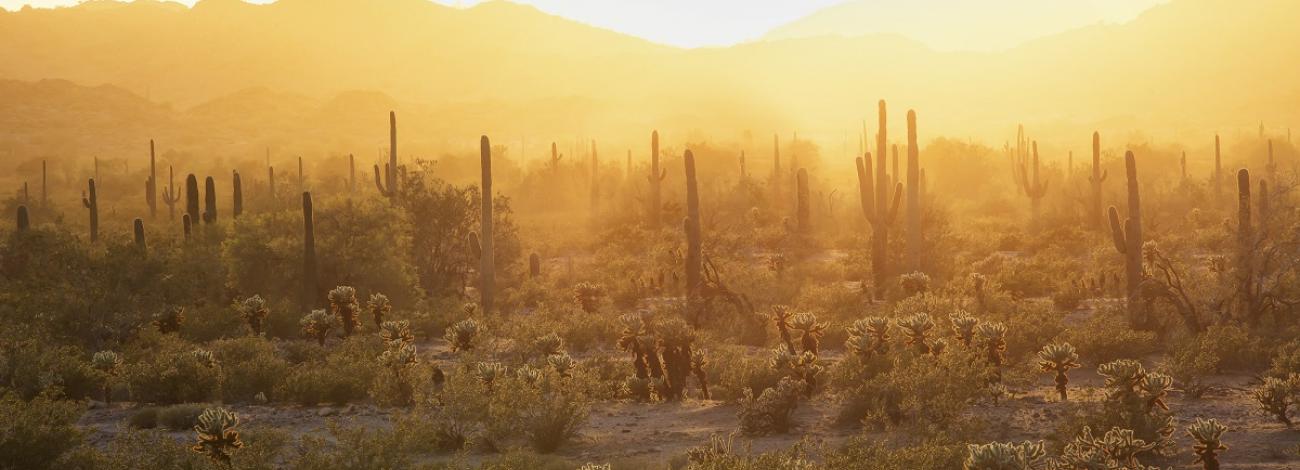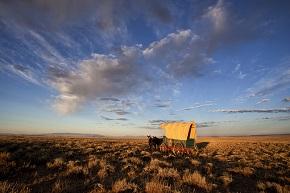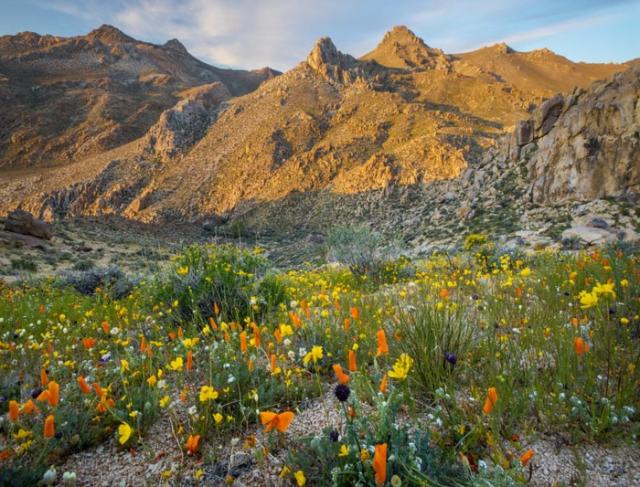
National Scenic and Historic Trails
The National Scenic and Historic Trails Program connects people to the land and highlights our nation's natural and cultural heritage. These trails are part of Indigenous landscapes, with importance to both ancient and modern cultures. The Bureau of Land Management acknowledges the complex history of the lands these trails traverse, which includes removal, violence, and broken treaties. For more information, visit Native Lands National Trails.
There are currently 32 national trails in the system administered by the BLM, National Park Service, and U.S. Forest Service. The BLM oversees the preservation and management of these trails as part of its National Conservation Lands. Each trail protects the natural features and purposes designated by Congress, ensuring that history is preserved for future generations while providing recreational opportunities and maintaining landscape connectivity.
The BLM manages nearly 6,000 miles of 19 designated trails across 15 states, in addition to thousands of miles of side and connecting trails, and trails under study for potential designation. This includes the Iditarod National Historic Trail and portions of the Old Spanish and El Camino Real de Tierra Adentro National Historic trails. Many trails cross various jurisdictions, making collaboration with other federal agencies, non-profit organizations, and volunteers essential.
Visitors can explore these national trails through a variety of options. Five BLM visitor centers offer insights into the historical significance of the trails. For a more adventurous experience, well-prepared adventurers can seek out remote trail locations. The BLM is dedicated to providing a safe and enjoyable outdoor experience that fosters a meaningful connection with these national trails and public lands.
National Scenic and Historic Trails managed by the BLM
- Arizona
- Butterfield Overland
- California
- Captain John Smith Chesapeake
- Continental Divide
- El Camino Real De Tierra Adentro
- Iditarod
- Juan Bautista De Anza
- Lewis and Clark
- Mormon Pioneer
- Nez Perce (Nee-Me-Poo)
- Old Spanish
- Oregon
- Pacific Crest
- Pacific Northwest
- Pony Express
- Potomac Heritage
- Star Spangled Banner
- Washington-Rochambeau Revolutionary Route


